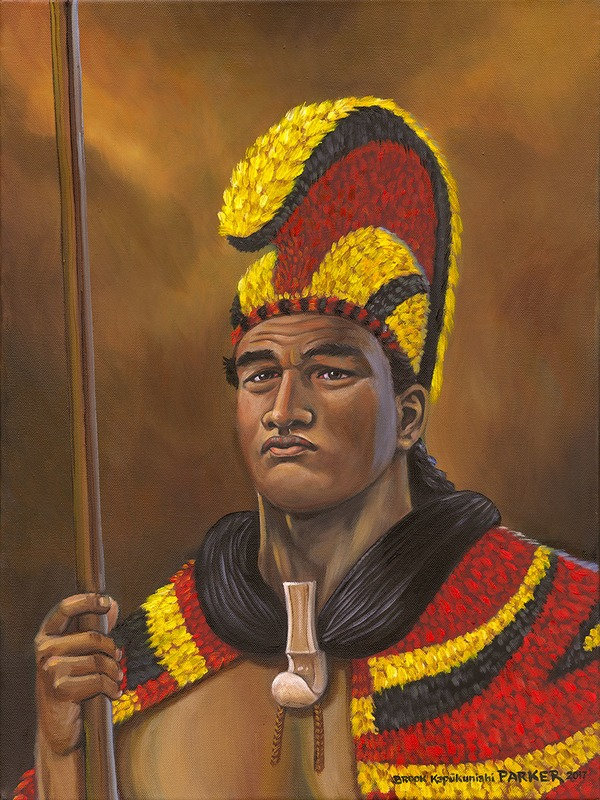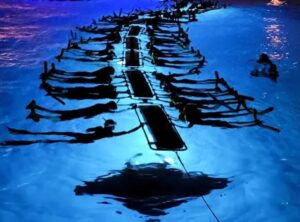Megan Shute for Only In Your State on 7 facts about King Kamehameha you may not have known. Join us for the best manta ray or snorkel tour in Hawaii on our new and beautiful 50-foot catamaran, the Hoku Nui.
From the first Europeans visiting the islands in 1778 and the establishment of the Kingdom of Hawaii in 1795 to Hawaii’s admittance to the United States of America in 1959, the Hawaiian Islands are steeped in history — but there is perhaps no historic figure more important to the islands than King Kamehameha the Great. We all know that King Kamehameha I unified the Hawaiian Islands under one rule, but did you know these seven interesting facts about him?
1. His full Hawaiian name is Kalani Paiʻea Wohi o Kaleikini Kealiʻikui Kamehameha o ʻIolani i Kaiwikapu kauʻi Ka Liholiho Kūnuiākea.
He was born circa 1736 to Kekuʻiapoiwa II, the niece of Alapainui, the usurping ruler of Hawaii Island who had killed the two legitimate heirs of Keaweʻīkekahialiʻiokamoku during civil war. His father was Keōua Kalanikupuapa’ikalanini, though Samual Kamakau — a native Hawaiian historian – states that the Maui monarch, Kahekili II had adopted Kamehameha at birth, as was customary at the time.
2. Raised in the royal court of his uncle Kalaniʻōpuʻu, Kamehamea rose to prominence in 1782 when he was given a prominent religious position, guardianship of Kūkāʻilimoku — the Hawaiian god of war, as well as control of the district of Waipio Valley.
Kamehameha’s cousin, Kīwalaʻō, inherited the kingship, but their relationship was strained and in the ensuing battle at Mokuohai, Kiwalao was slain.
3. Kamehameha embarked upon a series of conquests that, by 1795, had brought all of the Hawaiian Islands except Kauai and Niihau under his control. The islands of Kauai and Niihau were ceded to Kamehameha through peaceful negotiations in 1810 and he became the undisputed ruler of the entire island chain.
4. Kamehameha retained the traditional kapu system of laws and punishments, though he also put into action the “law of the splintered paddle,” which protected common people from unduly brutal aggressions of powerful chiefs. He also outlawed human sacrifice.
5. Often thought of as the strongest ruler of Hawaii, Kamehameha maintained his kingdom’s independence through the difficult period of European discovery and exploration of the islands — something that proved too difficult for his successors.
6. After 1812, Kamehameha spent his time at a compound he built in Kailua-Kona — Kamakahonu — with his several wives and children, as was customary at the time.
The exact number of wives is debated, but he is thought to have had anywhere between 21 and 30 wives as well as approximately 35 children, half of whom he outlived.
7. Since the day of his death, May 8, 1819, the location of his bones has been one of the greatest secrets in all of Hawaii.
The ancient Hawaiians had ceremonial burial rituals for all, though the funeral rites given to ruling chiefs were especially sacred and complex. A ceremony that prepared the body for the afterlife included the removal of the flesh from the bones, and was followed by a secret burial of the chiefly bones. It has yet to be proven, but many believe that Kamehameha I’s remains are located on Hawaii Island within a burial cave at Kaloko-Honokohau, along with other famous Hawaiian rulers.









